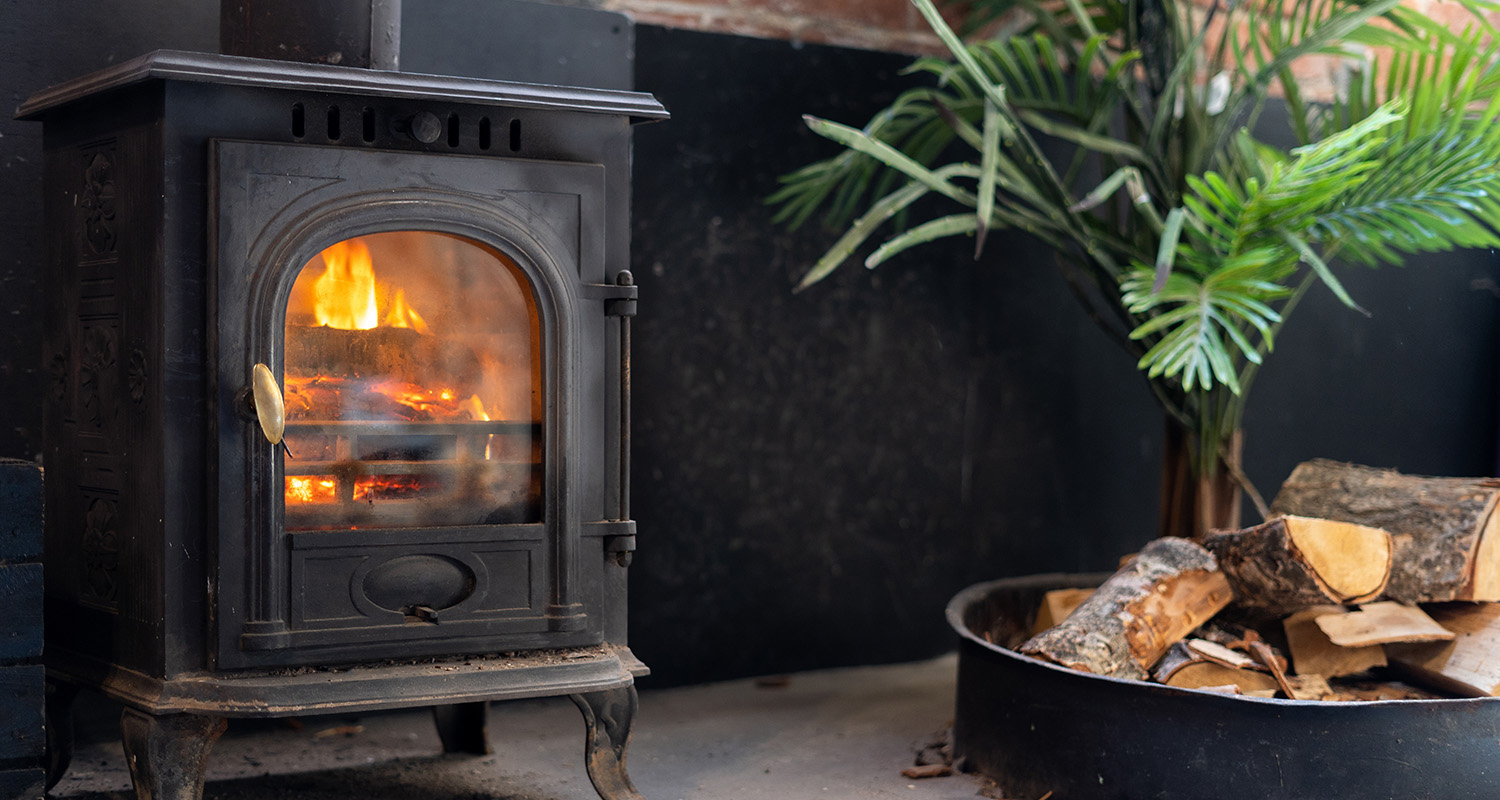If you have a regular Chimney Sweep you may sometimes wonder whether he or she is doing a good job. The nature of the work means it is often difficult to know what is actually going on up there.
This is a guide to some of the basic principles your Chimney Sweep should take in order to protect your home from falling soot and clean the flue to a good standard ensuring there are no obstacles.
The sweep from start to finish should take between 45 minutes to 1 hour as a minimum. Anything less than that may mean corners are being cut and the Sweep is not being efficient.
Sheeting up will take approximately 15 minutes, maybe longer depending on the circumstances. Your Sweep must take precautions to protect your home, which means floor sheets to the fires location, also sheeting to cover the stove or the fire opening. This will prevent any soot escaping and any kind of accidental spillages or falling soot.
The vacuum used must be an industrial type with a HEPA filter. Do not accept a “Henry Vacuum” or any domestic vacuum type, as good as they are, they are not capable of doing the job Chimney Sweeps need to do. This will ensure the sweep contain 99% of the microscopic particles entering the vacuum drum. A non industrial vacuum without a HEPA filter will circulate particles in your home and you will inhale them. Not only polluting the atmosphere but damaging your lungs and everyone in the house.
The Sweep will check that the brush can be seen exiting the chimney pot from Street level. This will ensure the Sweep has swept the full length of the flue system.
Once the Sweep has swept and removed the brushes, a smoke draw test must be conducted. A smoke draw test will gauge the amount of air flowing through the flue. A good draw will translate into a good working fire as enough air will be flowing through the flue to feed the fire. An adequate draw will translate into an adequate working fire, and a poor draw will translate into a poor working fire.
Please note the draw of your flue may be affected by elements outside of the chimney Sweeps work, such as atmospheric conditions, which can affect the draw.

